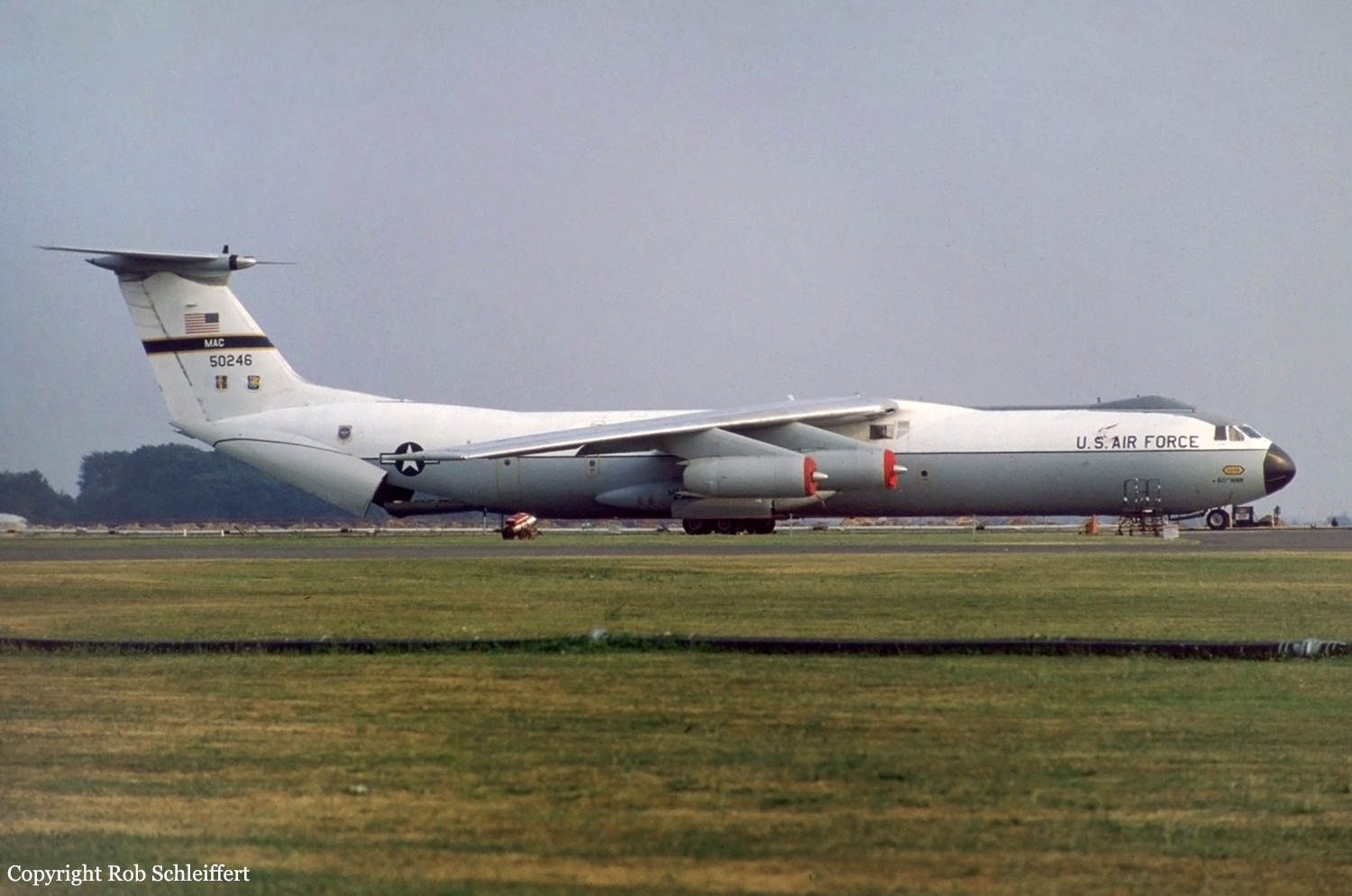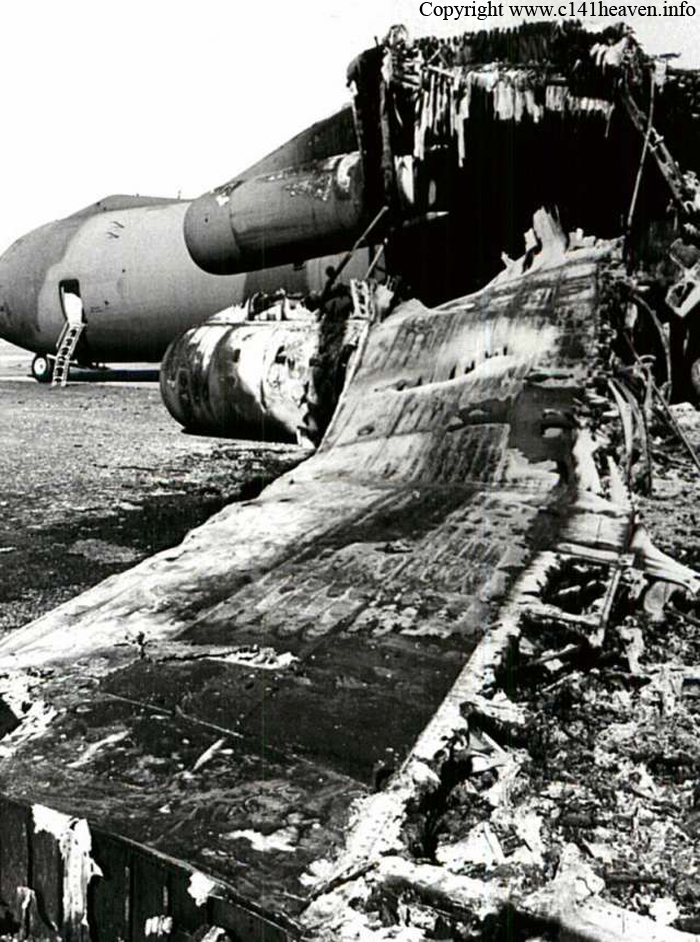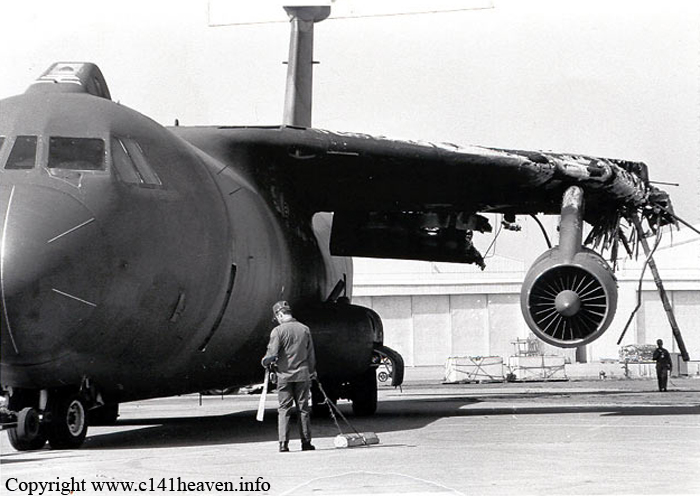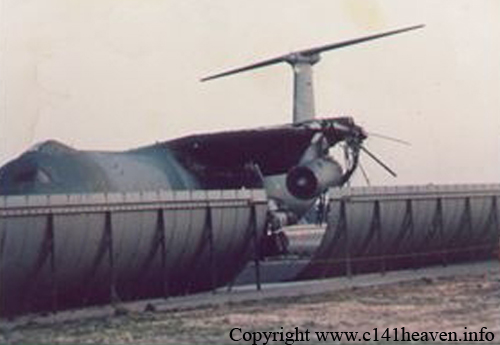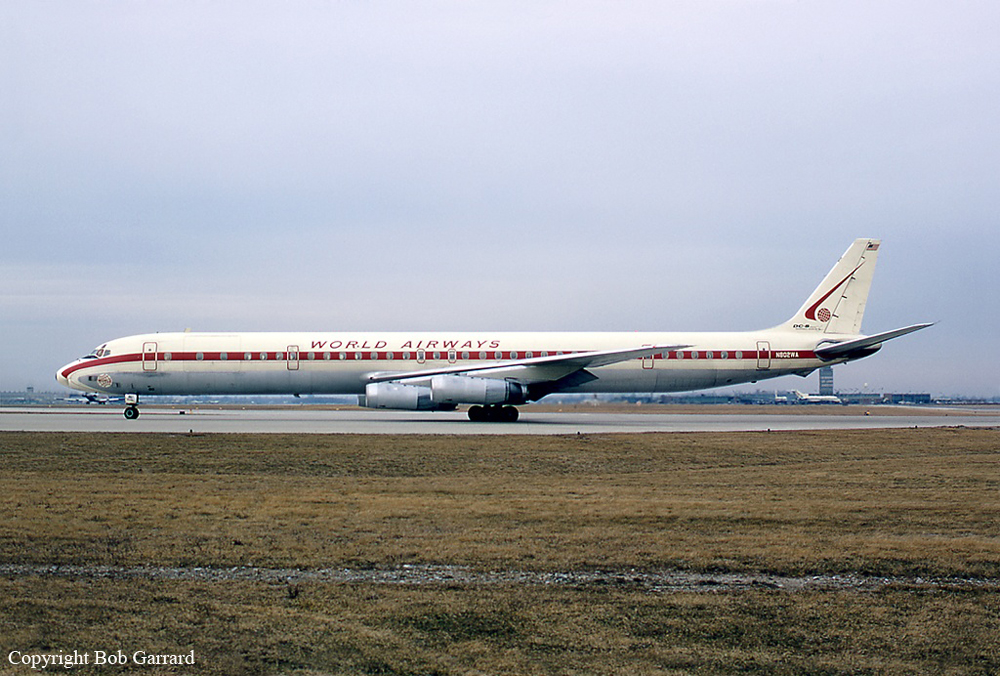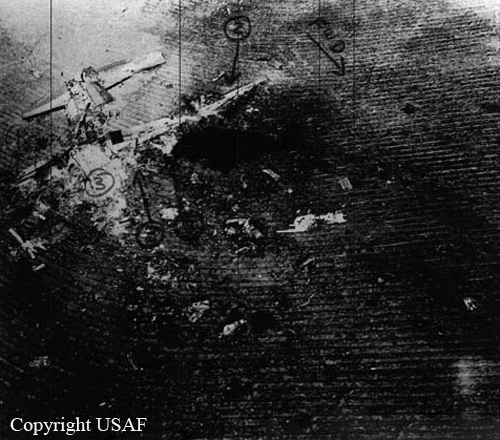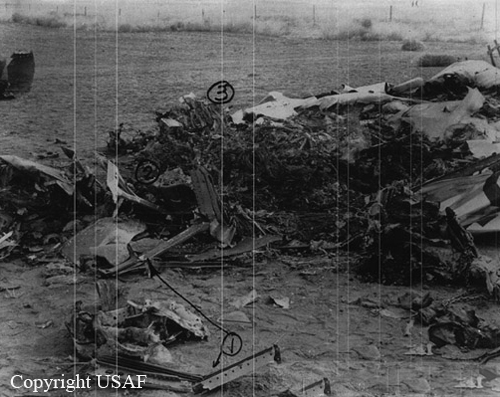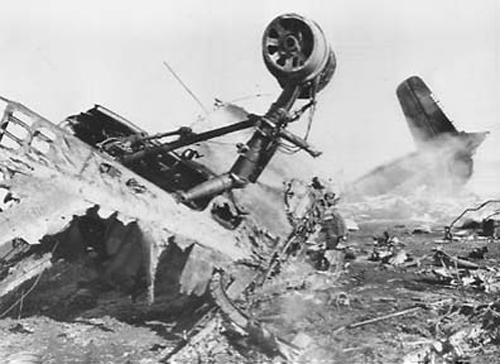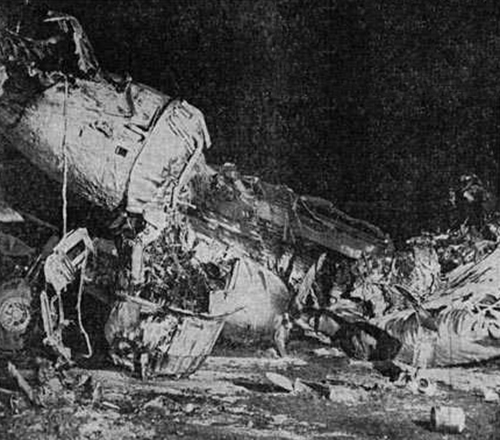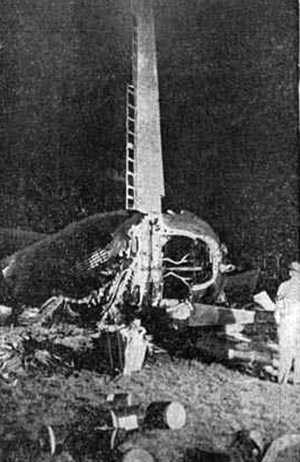Crash of a Cessna 208A Caravan I near Travis AFB: 1 killed
Date & Time:
Oct 23, 1987 at 0423 LT
Registration:
N828FE
Survivors:
No
Schedule:
Oakland - Reno
MSN:
208-0073
YOM:
1985
Crew on board:
1
Crew fatalities:
Pax on board:
0
Pax fatalities:
Other fatalities:
Total fatalities:
1
Captain / Total hours on type:
642.00
Aircraft flight hours:
1721
Circumstances:
While cruising on a scheduled cargo flight in IMC the pilot encountered moderate to severe turbulence near an area where weather cells could have been observed on the aircraft's radar. The pilot reversed course, declared an emergency and lost control of the aircraft. The aircraft entered an uncontrolled descent, collided with terrain and was destroyed. The recently hired pilot had completed the FAA approved ground and flight training program in the aircraft. During the pilot's recent training, neither the FAA nor the operator required the pilot to demonstrate proficiency in unusual attitude recoveries or have knowledge in the operation of the aircraft's weather radar. Company employees, which included the pilot's husband, stated that the pilot had no previous experience with weather radar and did not understand the weather radar installed in this aircraft. They further stated that the pilot appeared to be tired. The pilot, sole on board, was killed.
Probable cause:
The National Transportation Safety Board determines the probable cause(s) of this accident to be:
Pilot's encounter with severe turbulence which precipitated a loss of Aircraft control.
Findings
Occurrence #1: in flight encounter with weather
Phase of operation: cruise - normal
Findings
1. Light condition - dark night
2. (f) weather condition - turbulence in clouds
3. (f) weather radar - not understood - pilot in command
4. (f) inadequate initial training - company/operator management
5. (f) inadequate initial training - faa (principal operations inspector)
6. (c) flight into known adverse weather - continued - pilot in command
----------
Occurrence #2: loss of control - in flight
Phase of operation: maneuvering - turn to reverse direction
Findings
7. (c) spiral - uncontrolled - pilot in command
8. (f) spatial disorientation - pilot in command
9. (f) fatigue (lack of sleep) - pilot in command
----------
Occurrence #3: in flight collision with terrain/water
Phase of operation: descent - uncontrolled
Pilot's encounter with severe turbulence which precipitated a loss of Aircraft control.
Findings
Occurrence #1: in flight encounter with weather
Phase of operation: cruise - normal
Findings
1. Light condition - dark night
2. (f) weather condition - turbulence in clouds
3. (f) weather radar - not understood - pilot in command
4. (f) inadequate initial training - company/operator management
5. (f) inadequate initial training - faa (principal operations inspector)
6. (c) flight into known adverse weather - continued - pilot in command
----------
Occurrence #2: loss of control - in flight
Phase of operation: maneuvering - turn to reverse direction
Findings
7. (c) spiral - uncontrolled - pilot in command
8. (f) spatial disorientation - pilot in command
9. (f) fatigue (lack of sleep) - pilot in command
----------
Occurrence #3: in flight collision with terrain/water
Phase of operation: descent - uncontrolled
Final Report:




